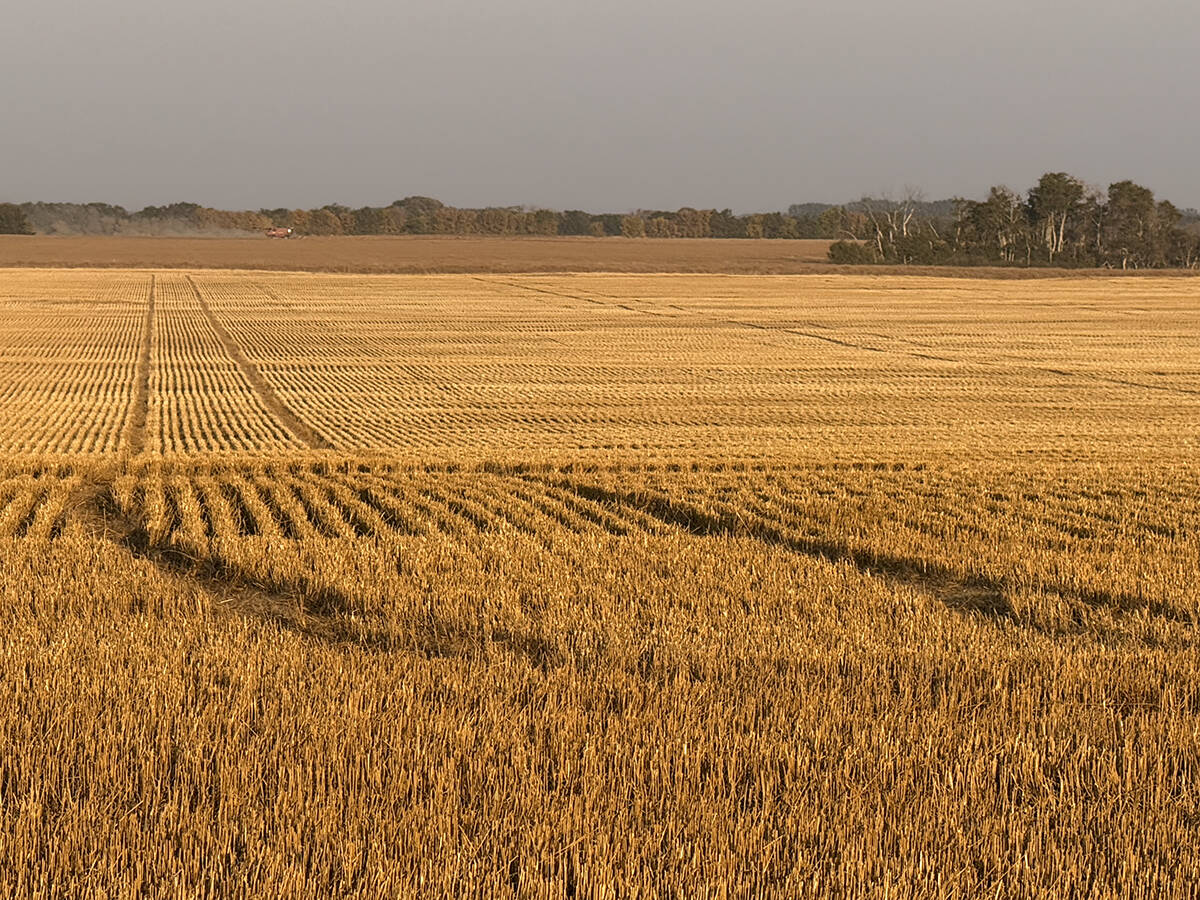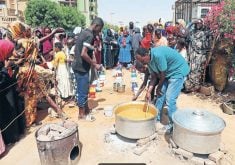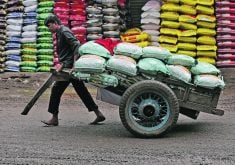CHICAGO (Reuters) — U.S. grain farmers are boosting demand for loans from farm banks as five-year lows in crop prices squeeze operating budgets ahead of spring planting.
“Reduced profits in the crop sector persisted in the fourth quarter of 2014, leading to a sharp rise in farm-sector borrowing and a slight decline in cropland values,” the Federal Reserve Bank of Kansas City said Jan. 28 as it released a national survey of farm bankers.
“Should low crop prices and high input costs persist, crop sector profit margins may weaken further and strain loan repayment capacity in the coming year.”
Read Also

Final crop reports show strong yields, quality
Crops yielded above average across the Prairies this year, and quality is generally average to above-average.
Corn prices set record highs during the summer of 2012 amid the biofuel boom and drought in the United States and many overseas areas.
However, prices are now down by about half after two consecutive record American harvests. At the same time, crop production has recovered overseas, hurting wheat exports. Soybean prices would be even lower without mammoth Chinese demand.
The Fed survey, which covered the Midwest, Plains and Mountain states, said farm loan debt outstanding as of Sept. 30 was 6.7 percent higher than a year earlier.
Loan-to-deposit ratios at farm banks have risen to their highest levels since 2010.
Sales of combines and large tractors were 26 percent lower in 2014 than the previous year. Collateral requirements showed “a slight rise,” the Fed said.
It said livestock producers continued to regain profits last year, aided by the sharp drop in feed costs.
However, lending to livestock producers also rose significantly last year as cow-calf operators expanded to rebuild beef herds.
“Looking ahead, the supply of feeder cattle may contract further if a reduction in calf slaughter signals that more animals are being retained to rebuild herds,” the Fed said.
Pressure on farmland values from lower crop revenues had been countered to some extent by demand for grazing land from resurgent livestock farmers.
“While the majority of survey respondents expected cropland values would stabilize, some anticipated additional declines in 2015,” the Fed said.














